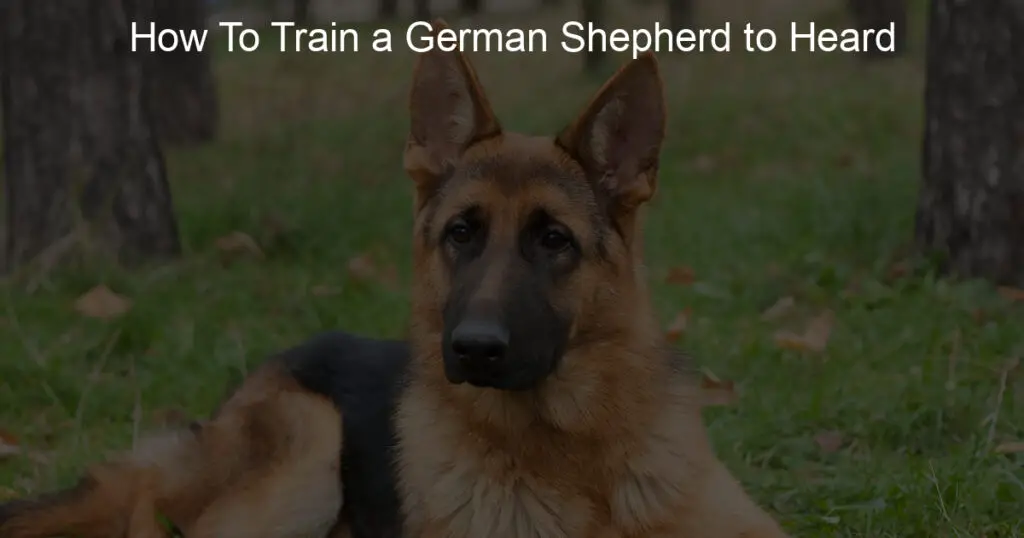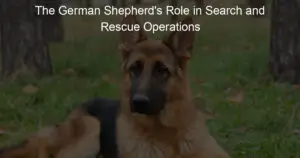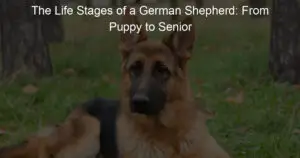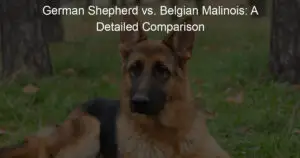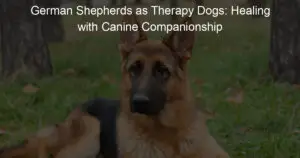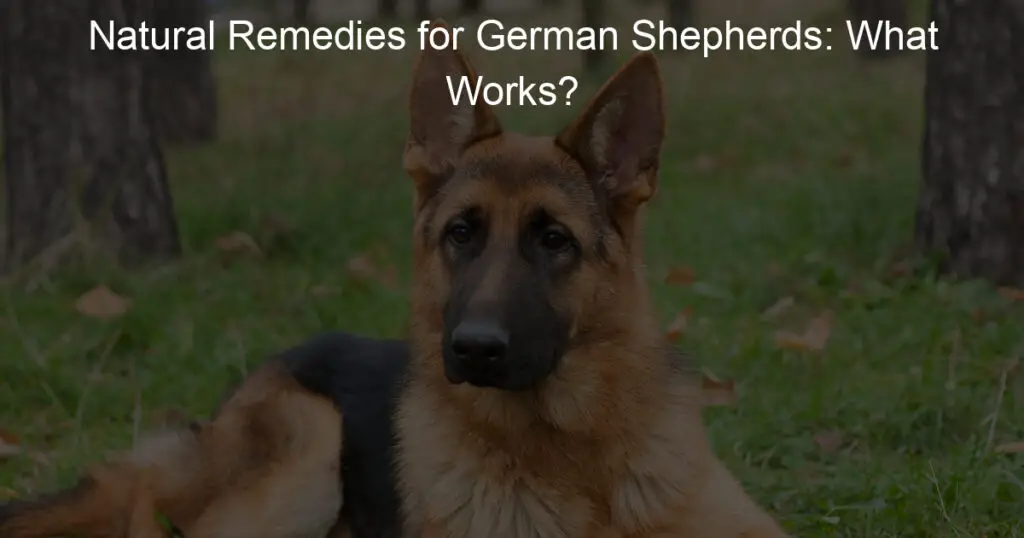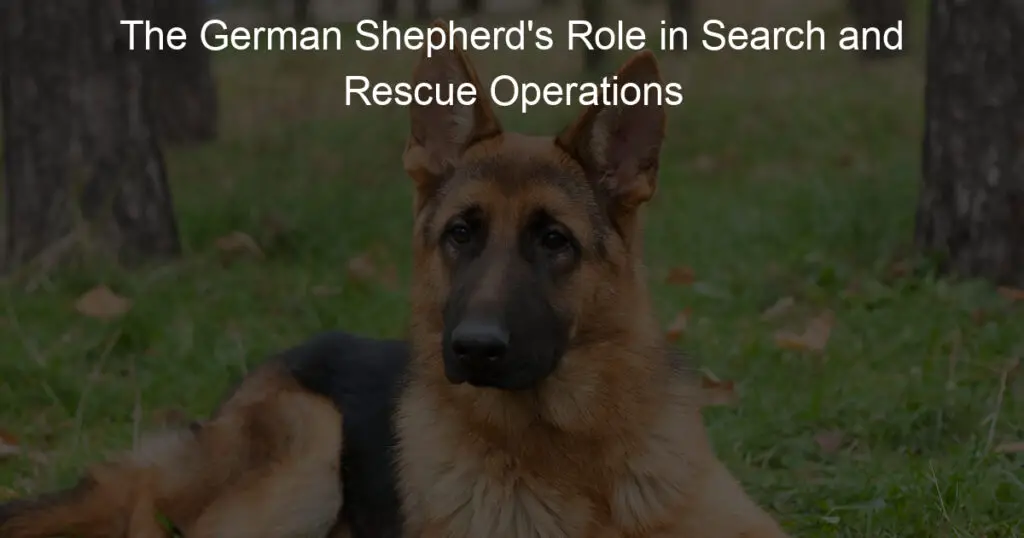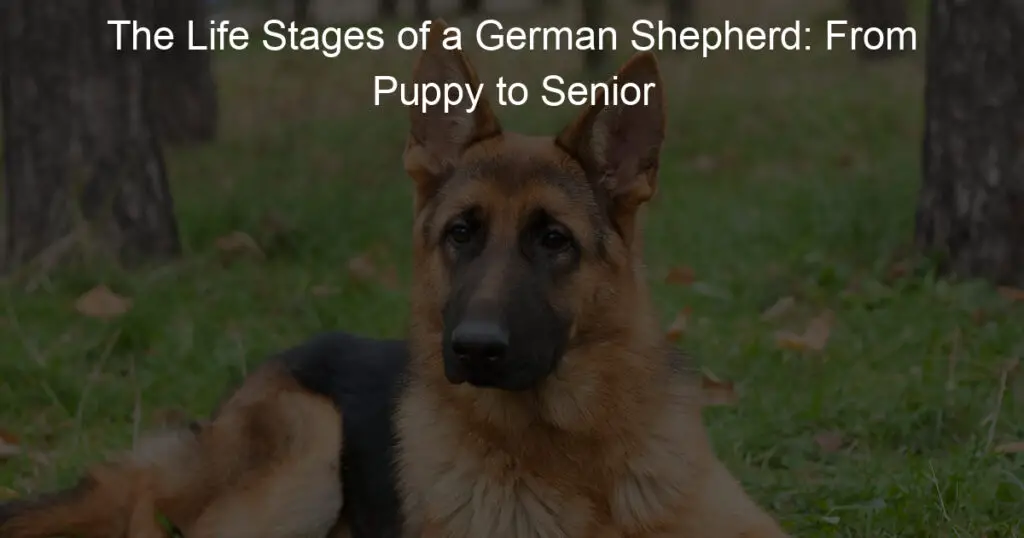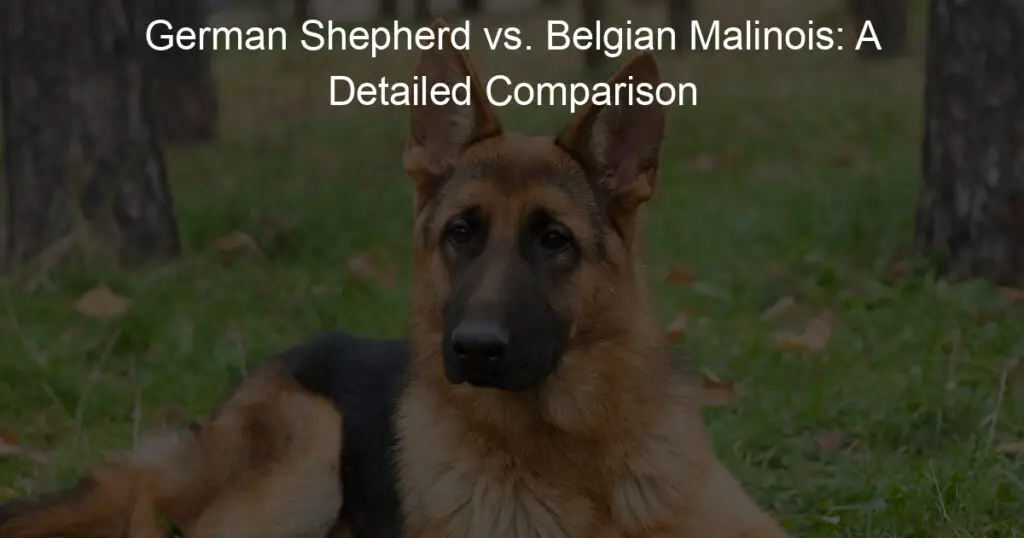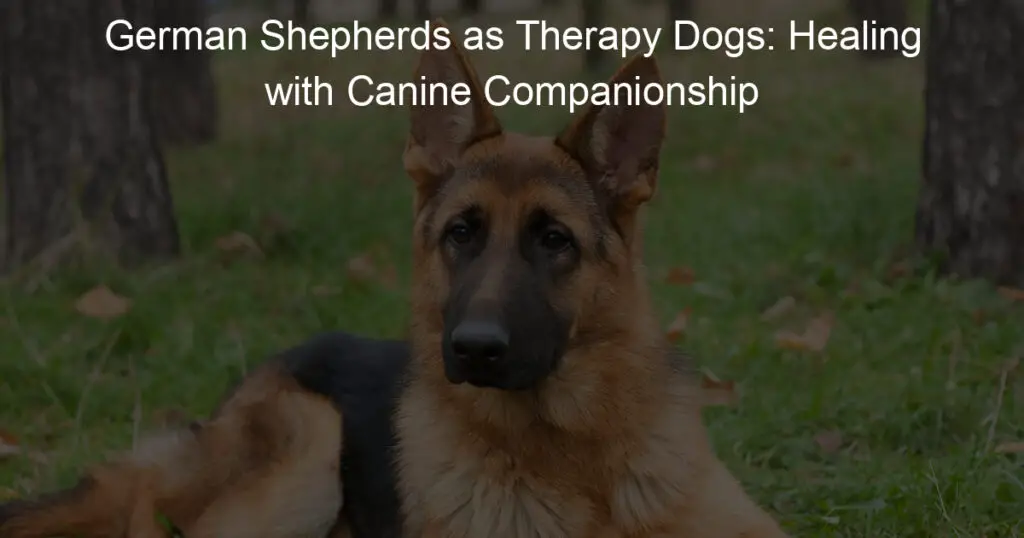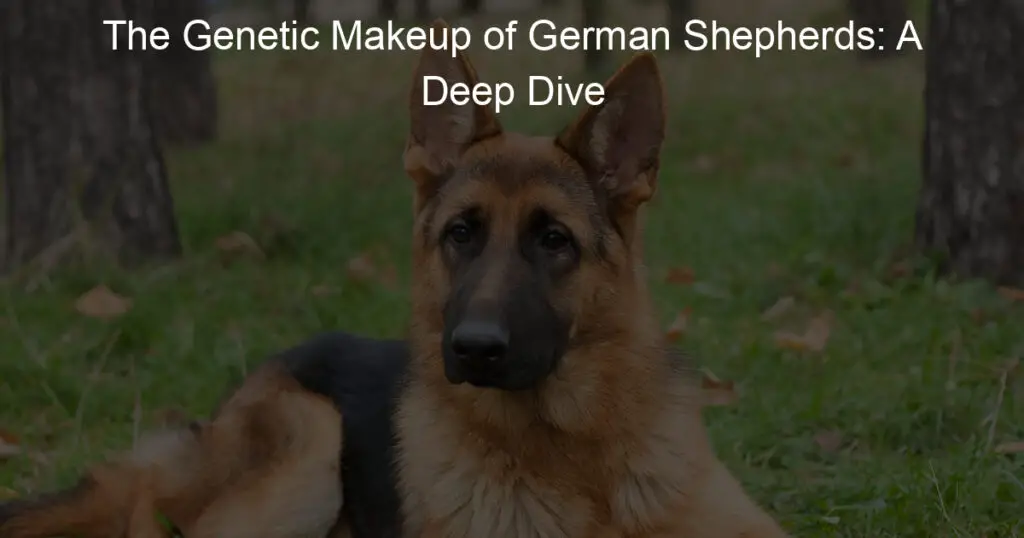Do you have a German Shepherd that you’re trying to train to herd animals? If so, you’ve come to the right place. In this blog post, we’ll give you some tips and tricks on how to get your furry friend to obey your commands. Stay tuned for more!
How do you train a dog to be a herding dog?
Training a herding dog is a rewarding but challenging endeavor. It requires patience and lots of repetition.
The best way to get started is to familiarize the pup with animals of all sizes, so they know not to be fearful or aggressive when they encounter them in the future. Then, choose basic commands and work on teaching those until they become second nature.
Once the pup has been taught controls and fundamentals, you can start introducing them to herding tasks like moving other animals around in specific patterns.
Start slow and gradually increase the difficulty over time, making sure there’s always a reward for a job well done so your pup will want to continue challenging itself. Training can be fun for both of you, as long as you remember to stay consistent!
Do German Shepherds try to herd people?
German Shepherds possess various unique traits, but perhaps none is so beloved as their herding ability. Although they are renowned for being able to manage flocks of sheep and cattle, the same instinct can cause them to frequently attempt to herd people as well!
While it may be delightful if your German Shepherd attempts to gather up the children and lead them through doorways, it might be a bit much when you are simply trying to make your way across a room. Fortunately, many trained German Shepherds are aware of how their natural behaviors come across in public settings and handle themselves in ways that minimize any potential embarrassment.
How does a German Shepherd herd?
A German Shepherd is an amazing, intelligent working dog that was bred to help farmers herd their livestock. While a German Shepherd may look intimidating with its impressive stature, it can be gentle and loving when it comes to herding sheep.
With its instincts and an acute sense of hearing, the dog guides the sheep with barking commands. Instead of herding by chasing or barking ferociously, this clever canine carefully nips at the heels of the livestock to guide them in a certain direction without causing harm.
The strength and agility of these working dogs allow them to quickly move from one part of the herd to another to keep the animals together. This incredible skill demonstrates the power of human-canine partnership; farmers have been relying on GSDs for hundreds of years to get their jobs done!
What is herding behavior in German Shepherds?
Herding is an instinctive behavior in German Shepherds, an instinct that has been lovingly accentuated since these dogs were first bred. Herding generally refers to the ability of a shepherd dog to gather, move, and protect livestock by keeping them together in a group.
This type of work requires special qualities such as strong territorial instinct and immense determination. As a result, trained German Shepherd Dogs make excellent working animals on farms and ranches when it comes to moving large herds of other animals around.
Additionally, they are often trained as search-and-rescue dogs due to their impressive strength and assurance in tough conditions. All of these features combine to make the German Shepherd an extremely versatile breed with lots of useful abilities – including herding!
What are herding commands?
Herding commands are essential tools used by farmers and ranchers to manage their livestock. They are verbal cues, like words or specific sounds issued by the shepherd, which guide the animals to move in a particular direction.
Herding commands often involve an animal’s natural instinctive behaviors like chasing, flanking and circling, as these can easily be directed into a predictable pattern of movement.
Knowing how and when to use herding commands not only makes it easier for the shepherd to control their flock but also helps encourage good behavior from the livestock. Herding commands can make managing a herd of animals much more efficient with proper use!
At what age do you start training herding dogs?
While all dogs have an inherent instinct for herding, there is a time and place for proper training. Typically, the recommended age to start training herding dogs is around 4 months of age. At this stage, they will have had vaccinations and be mostly housebroken – making them more focused and easy to train.
Ultimately, however, the ideal starting point depends on the individual pup; some are ready earlier while others may need more time to mature and develop. When it’s time to begin training, the most important thing is that your pup has fun during the process – so make sure to keep things lighthearted (and delicious treats-based!). With proper guidance and patience, you’ll soon be able to take your furry friend out into the field with you!
What activities do herding dogs like?
Herding dogs are an intelligent, athletic breed that loves to be active and kept busy. They even tend to want to herd people, just like their ancestors would sheep, cattle, and other farm animals. Herding dogs love activity, training, and play. While some breeds need more exercise and stimulation than others, there is no shortage of activities for herding dogs to enjoy. Agility and obedience classes are great ways for them to burn their excess energy positively while having lots of fun. They also benefit from long walks and hikes as well as interactive games such as fetch or hide-n-seek.
Since most herding dogs have very nurturing personalities, activities such as therapy dog work or taking part in organized doggie playgroups are well-suited for this breed.
Summary
Training a German Shepherd to herd can be a fun and rewarding experience. By using positive reinforcement techniques, you can teach your dog the basics of herding in no time. Once your dog has mastered the basics, you can begin to work on more advanced skills such as directing sheep into pens or learning how to move them from one pasture to another. With patience and plenty of practice, your German Shepherd will be herding like a pro in no time!

